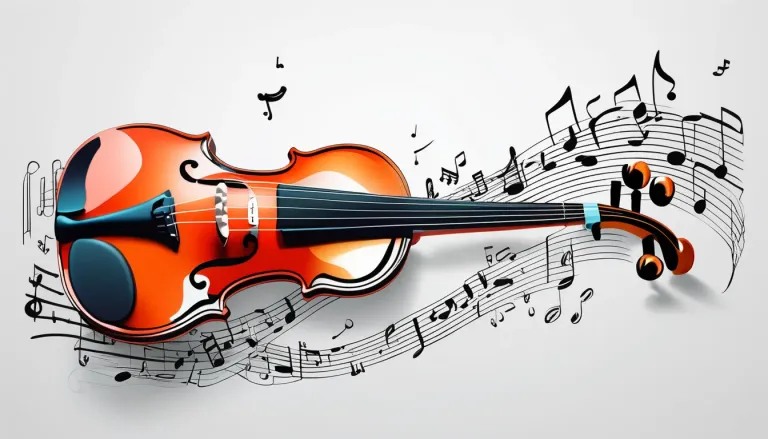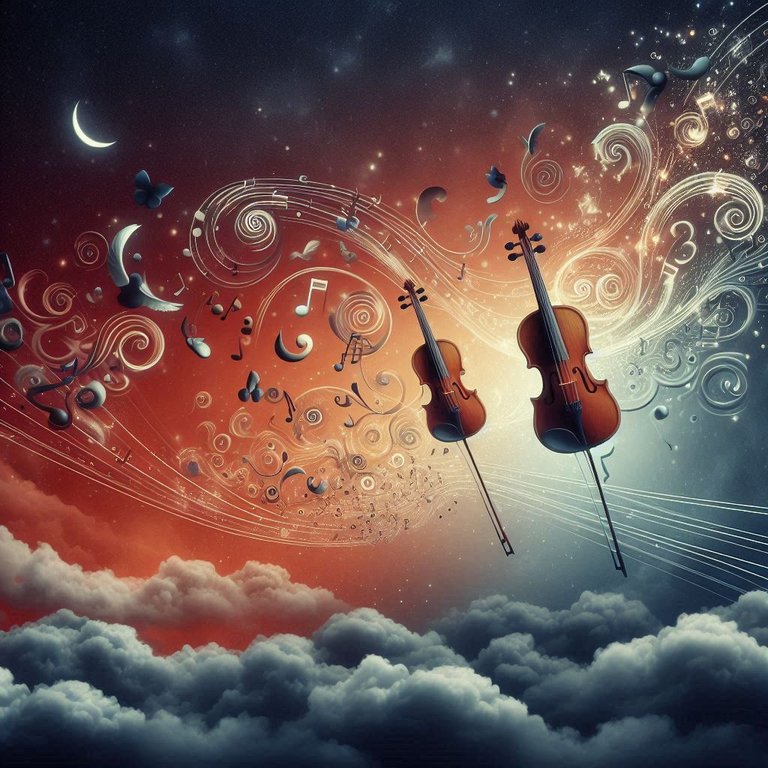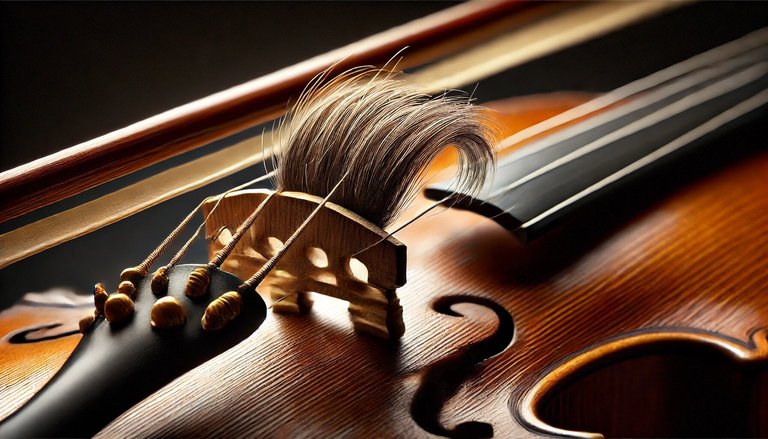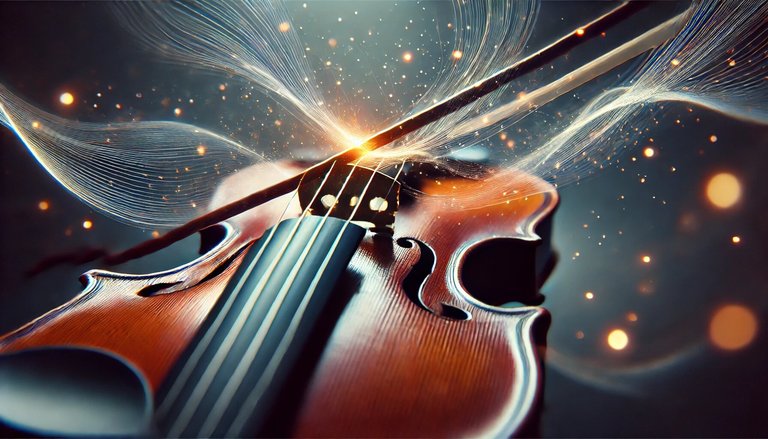


Muchas veces se dice que al escuchar un tema tocando con el violín pareciera que el violín hablara, bueno uno de los aspectos más expresivos del violín es la dinámica, osea la manera en que se controla el volumen y la intensidad del sonido. No es algo de solo tocar fuerte o suave, es mas que eso es como logramos transiciones, contrastes y emociones a través de cada nota.
Por ejemplo, el piano(p) y el forte(f) son las indicaciones mas básicas, pero existen matices intermedios como el mezzo piano (mp) o el mezzo forte (mf), que permiten darle una mayor riqueza al fraseo. Aunque lo más fascinante ocurre con los crescendo y diminuendo, ahí el sonido crece o se desvanece gradualmente, eso genera tensión o dulzura en una melodía.
El buen control dinámico, no solo va a influir con la presión del arco, también su velocidad y el momento de contacto de las cuerdas. Un ejemplo sería, al tocar cerca del puente, el sonido se escucha mas brillante e intenso, a diferencia de que, si nos acercamos al diapasón, ahí obtenemos un tono más suave y aterciopelado.

Aunque podemos decir que la dinámica no es solo utilizar la técnica, también es la manera en que interpretas una melodía. Cada frase musical tiene su propio carácter, y saber moldear ese sonido con intensión hace que la melodía hable osea cobre vida. Un mismo tema puede sonar completamente diferente y eso va a depender de como manejamos la intensidad, para lograr que la música transmita muchas sensaciones.
En conclusión, la dinámica es uno de los grandes secretos para hacer que el violín en pocas palabras HABLE. Y bueno ya que hablamos de expresión… hay algo que le da vida aun mas a una interpretación y es el uso del portamento esa útil conexión entre notas que puede hacer que un tema una melodía suene aun mas hermosa. Puedo compartir eso en la próxima publicación 🎻✨
Espero verte en mis próximas publicaciones 😁. ¡Gracias por tu apoyo! 😊🎻


It's often said that listening to a piece played on the violin makes it seem as if the violin were speaking. Well, one of the most expressive aspects of the violin is its dynamics, that is, the way in which the volume and intensity of the sound are controlled. It's not just a matter of playing loudly or softly; it's more than just how we achieve transitions, contrasts, and emotions through each note.
For example, piano (p) and forte (f) are the most basic notes, but there are intermediate nuances, such as mezzo piano (mp) or mezzo forte (mf), which allow for greater richness in phrasing. Although the most fascinating aspects occur with the crescendo and diminuendo, where the sound gradually grows or fades, generating tension or sweetness in a melody.
Good dynamic control influences not only the pressure of the bow, but also its speed and the timing of the contact with the strings. An example would be that playing near the bridge makes the sound brighter and more intense, whereas playing closer to the fretboard makes it sound softer and more velvety.

Although we can say that dynamics isn't just about using technique; it's also about the way you interpret a melody. Each musical phrase has its own character, and knowing how to shape that sound with intention makes the melody speak—or come alive. The same piece can sound completely different, and that depends on how we manage intensity to achieve a music that conveys a variety of sensations.
In conclusion, dynamics are one of the great secrets to making the violin, in a few words, SPEAK. And since we're talking about expression... there's something that brings a performance even more to life: the use of portamento, that useful connection between notes that can make a theme or melody sound even more beautiful. I can share that in the next post 🎻✨
I hope to see you in my next posts 😁. Thanks for your support! 😊🎻



Puedes ubicarme por mis Redes Sociales









👏🏻👏🏻👏🏻👏🏻👏🏻
😊
Beautiful guitar
Hola!!! Es un violín 😊